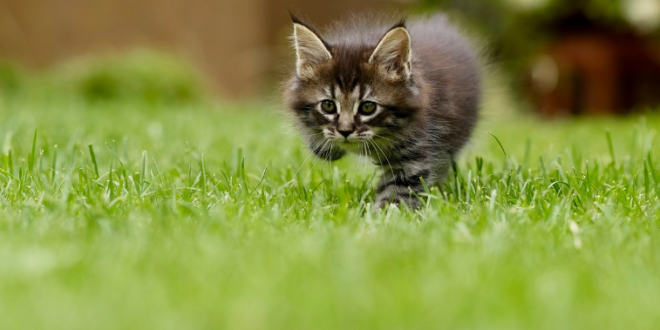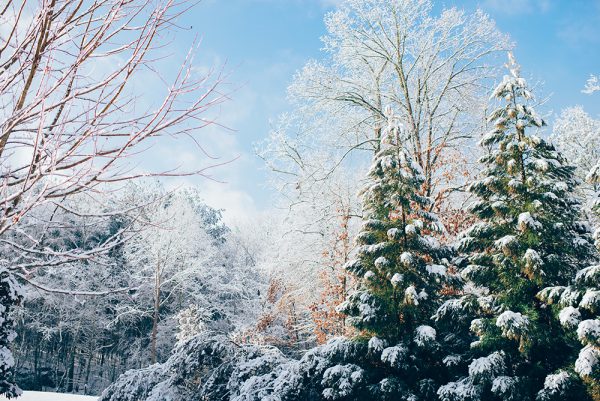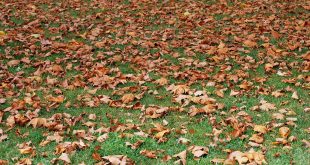A lush, green lawn is a source of pride for many homeowners, but maintaining it during a heatwave can be a challenge. High temperatures, intense sunlight, and dry conditions can stress your grass, leading to brown patches and a brittle texture. However, with the right strategies, you can protect your lawn from the scorching heat and keep it healthy throughout the hottest days of summer. Here’s a guide to effective lawn care during a heatwave.
1. Watering Wisely: Timing and Technique
Watering is crucial during a heatwave, but it’s important to do it correctly to avoid wasting water and ensure your lawn gets the moisture it needs.
- Water Early in the Morning: The best time to water your lawn is early in the morning, between 6 a.m. and 10 a.m. This allows the water to soak into the soil before the sun’s heat causes evaporation. Watering in the evening can lead to prolonged moisture on the grass blades, which can promote fungal diseases.
- Deep and Infrequent Watering: Instead of frequent shallow watering, aim for deep watering sessions that reach the roots. Watering once or twice a week with about 1 to 1.5 inches of water each time encourages deep root growth, making your lawn more drought-resistant. You can measure the water with a rain gauge or by placing a shallow container on your lawn to track how much water it’s receiving.
- Avoid Overwatering: While it’s important to keep your lawn hydrated, overwatering can lead to shallow root systems and increase the risk of disease. Stick to your watering schedule and adjust based on rainfall.
2. Mowing Techniques: Keep It Higher
Mowing your lawn properly during a heatwave can significantly affect its health.
- Raise Your Mower Blade: Set your mower blade to a higher setting, leaving your grass about 3 to 4 inches tall. Taller grass provides more shade to the soil, reducing evaporation and helping to keep the roots cooler. It also encourages deeper root growth, which is vital during dry conditions.
- Mow Less Frequently: During a heatwave, your lawn’s growth may slow down, so it’s better to mow less often. Cutting too frequently can stress the grass and expose it to more heat. Only mow when necessary, and never remove more than one-third of the grass blade in a single mowing.
- Keep Your Blades Sharp: Sharp mower blades make clean cuts, which reduces the stress on your grass. Dull blades can tear the grass, leading to frayed edges that dry out and turn brown.
3. Fertilization: Pause During the Heat
Fertilizing your lawn during a heatwave can do more harm than good.
- Avoid Fertilizing in Extreme Heat: Fertilizers encourage growth, which requires more water and can stress your lawn during a heatwave. It’s best to pause fertilization until cooler temperatures return. If you must fertilize, opt for a slow-release formula and apply it lightly.
- Organic Mulch: Consider applying a light layer of organic mulch around the edges of your lawn and in garden beds to help retain soil moisture and regulate temperature.
4. Dealing with Brown Patches: Understanding Dormancy
Brown patches on your lawn during a heatwave can be alarming, but they’re not always a sign of a dying lawn.
- Grass Dormancy: In extreme heat, some grasses naturally go dormant, turning brown to conserve water. This is a survival mechanism and not necessarily an indication that your lawn is dead. Dormant grass can survive for several weeks without water, but it will need to be revived with consistent watering once temperatures drop.
- Spot Watering: If certain areas of your lawn are particularly stressed or in full sun, they may require extra attention. Spot water these areas more frequently to prevent them from turning brown.
5. Minimize Foot Traffic: Protecting Your Lawn
During a heatwave, your lawn is under stress, so it’s important to minimize additional strain.
- Limit Foot Traffic: Try to limit walking or playing on your lawn during the hottest parts of the day. Foot traffic can compact the soil and damage the grass, making it harder for your lawn to recover from the heat.
- Temporary Pathways: If certain areas of your lawn are high-traffic zones, consider laying down temporary pathways using stepping stones or mulch to protect the grass.
6. Shade and Windbreaks: Create a Cooler Environment
Providing some relief from the sun and wind can help protect your lawn during a heatwave.
- Use Shade Cloth: In extreme conditions, you can use shade cloth to temporarily cover the most vulnerable parts of your lawn, particularly young grass or newly seeded areas. This reduces the intensity of sunlight and helps retain moisture.
- Plant Windbreaks: If your lawn is in an open area, consider planting shrubs or installing fences to act as windbreaks. Wind can increase the rate of evaporation, drying out your lawn more quickly.
7. Aeration and Soil Care: Preparing for Future Heatwaves
Taking care of your soil can help your lawn better withstand future heatwaves.
- Aerate Your Lawn: Aerating your lawn in the spring or fall helps to reduce soil compaction and improve water penetration. This allows the roots to grow deeper, making your lawn more resilient in hot weather.
- Soil Amendments: Consider adding organic matter to your soil to improve its structure and water-holding capacity. Compost, for example, can help the soil retain moisture and provide essential nutrients.
Conclusion
Caring for your lawn during a heatwave requires a combination of proper watering, mowing techniques, and a little extra care to ensure it remains healthy and resilient. By understanding how heat affects your grass and adjusting your lawn care routine accordingly, you can keep your lawn looking green and vibrant even in the hottest weather. Remember, consistency is key, and with the right approach, your lawn can survive—and even thrive—during a heatwave.
 Gardeners Club The Gardeners Club is a free to join online club for everyone with an interest in gardening and gardens.
Gardeners Club The Gardeners Club is a free to join online club for everyone with an interest in gardening and gardens.






